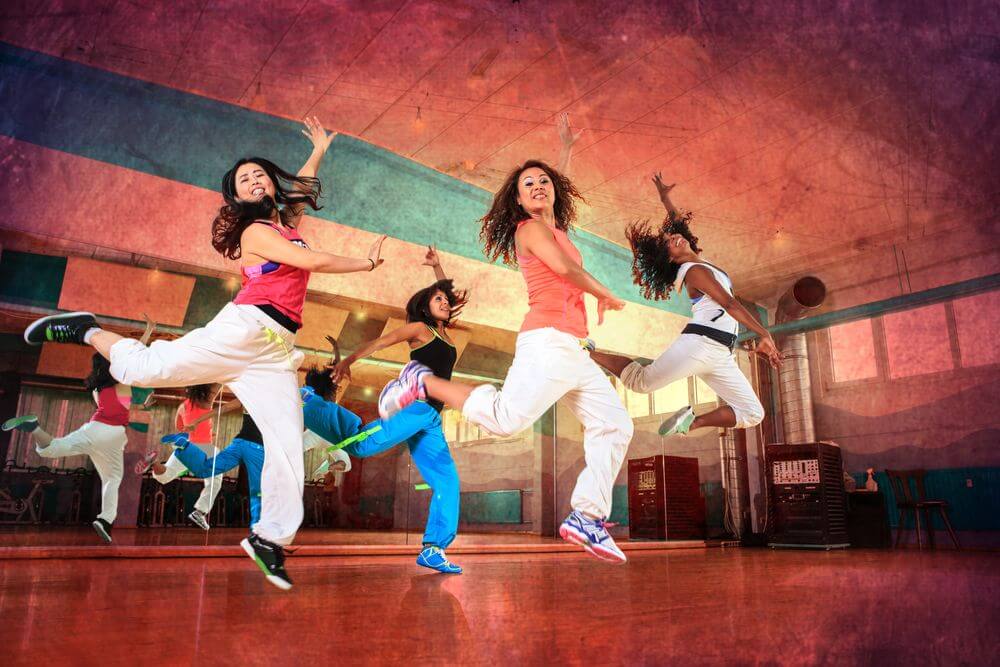Music written expressly to aid or accompany dancing is known as dance music. It can be a standalone composition or a component of a bigger musical arrangement. Live dance music and recorded dance music are the two primary genres in terms of performance. While there are examples of dance and music being combined in early times (for example, dancers accompanying musicians are occasionally seen on Greek vases), the earliest Western that we can now reliably duplicate are old fashioned dances. Noble court dances were the most popular dance types throughout the Baroque period (see Baroque dance). The minuet was commonly employed as the third movement in classical music, however, it did not accompany any dance in this context.
Later in the classical era, the waltz emerged. The barcarolle, mazurka, ecossaise, ballade, as well as polonaise were all part of the romantic music period, which also saw the emergence of other patriotic dance forms like the barcarolle, mazurka, ecossaise, ballade, and polonaise.
Western ballroom and social from the late 1800s influenced modern popular. Ballroom dancing became popular among the working class who frequented public dance halls in the early twentieth century. During the 1920s, became extremely popular. Swing music was the most popular in America during the 1930s, known as that of the Swing era. Rock & roll became the most popular in the 1950s.
Soul and R&B music was popular in the late 1960s. Dominican and Cuban New Yorkers established the popular salsa, which is based on the Latin music genre of salsa. It became popular with the public after the development of disco in the early 1970s. Electronic began gaining popularity by the late 1970s. Electronic music is a type of popular music that is widely heard at nightclubs, radio stations, performances, as well as parties. Electronic dance music has grown into several subgenres.
Folk dance music differs from historical/classical and popular/commercial in that it is music that is used to accompany traditional dancing.
While there are examples of dance and music being combined in early times (for example, dancers accompanying musicians are frequently seen on Greek vases), the oldest Western that we can still reliably replicate are the surviving mediaeval dances such as carols and the Estampie. The oldest surviving dances predate Western staff-based music notation by about a thousand years.
Waltzes, tangos, boleros, can-cans, minuets, salsas, different types of jigs, and the breakdown are all examples that hold the name of the related dance. Contradance, merengue (Dominican Republic), and cha-cha-cha are examples of other dance styles. It’s often impossible to tell if the name of the music or the name originated first.
Also Read: What year did television start visually promoting pop music?

